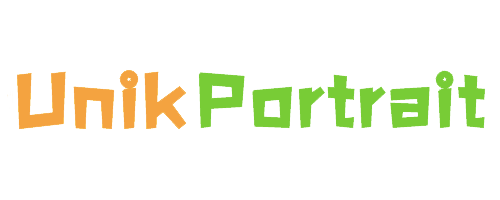In the world of customized transfer labels and stickers, various printing techniques compete for supremacy. At UnikPortrait, we specialize in creating high-quality 3D transfer labels using a time-honored method: silk screen printing. This blog post will explore what silk screen printing is, how we apply it to transfer labels, and why it remains our preferred method in an age of digital alternatives.
What is Silk Screen Printing?
Silk screen printing, also known as screen printing or serigraphy, is a traditional printing technique that has stood the test of time. Dating back to ancient China, this versatile method involves pushing ink through a mesh stencil onto a substrate. The "silk" in its name comes from the silk mesh originally used, though modern screens are typically made of synthetic materials.
This process allows for the layering of colors and the creation of vibrant, long-lasting prints. Its versatility makes it suitable for a wide range of materials, from paper and textiles to plastics and metals.

Silk Screen Printing for Transfer Labels and Stickers
At UnikPortrait, we've adapted silk screen printing for our 3D transfer labels. The process begins with creating a separate screen for each color in the design. We then carefully align these screens and print each color layer by layer. This method allows for precise color application and the creation of raised or textured effects, giving our transfer labels their distinctive 3D quality.
The ink used in this process is specially formulated to adhere to the transfer film and later bond effectively with the final application surface. This ensures that our 3D transfer labels not only look great but also have the durability to withstand various environmental conditions.
Why We Stick with Silk Screen Printing
In an era of rapid technological advancement, you might wonder why UnikPortrait continues to use silk screen printing for our 3D transfer labels. The answer lies in the unparalleled quality and precision this method offers:
1.Color Accuracy: Silk screen printing allows for exceptionally accurate color reproduction. We can precisely match brand colors and create vibrant, consistent results across large production runs.
2.High Detail and Precision: Our transfer labels often require intricate designs and fine details. Silk screen printing enables us to achieve sharp, clear lines and small text that digital printing may struggle to reproduce accurately.
3.Durability: The inks used in silk screen printing tend to be more durable and resistant to fading compared to some digital printing methods.
4.Versatility: We can print on a wide variety of materials and create special effects like metallic or glow-in-the-dark finishes.
5.Quality Without Heat: Unlike some transfer methods that require heat pressing, our silk screen printed transfer labels can be applied without heat. This level of quality and precision in heat-free applications is difficult to achieve with digital printing methods.

Conclusion
While digital printing continues to evolve, silk screen printing remains the gold standard for creating high-quality 3D transfer labels at UnikPortrait. This traditional method, combined with our expertise and modern materials, allows us to produce transfer labels and stickers that meet the exacting standards of our clients. Whether you need vibrant, durable, or intricate designs, our silk screen printed 3D transfer labels offer a solution that stands out in both quality and appearance.
